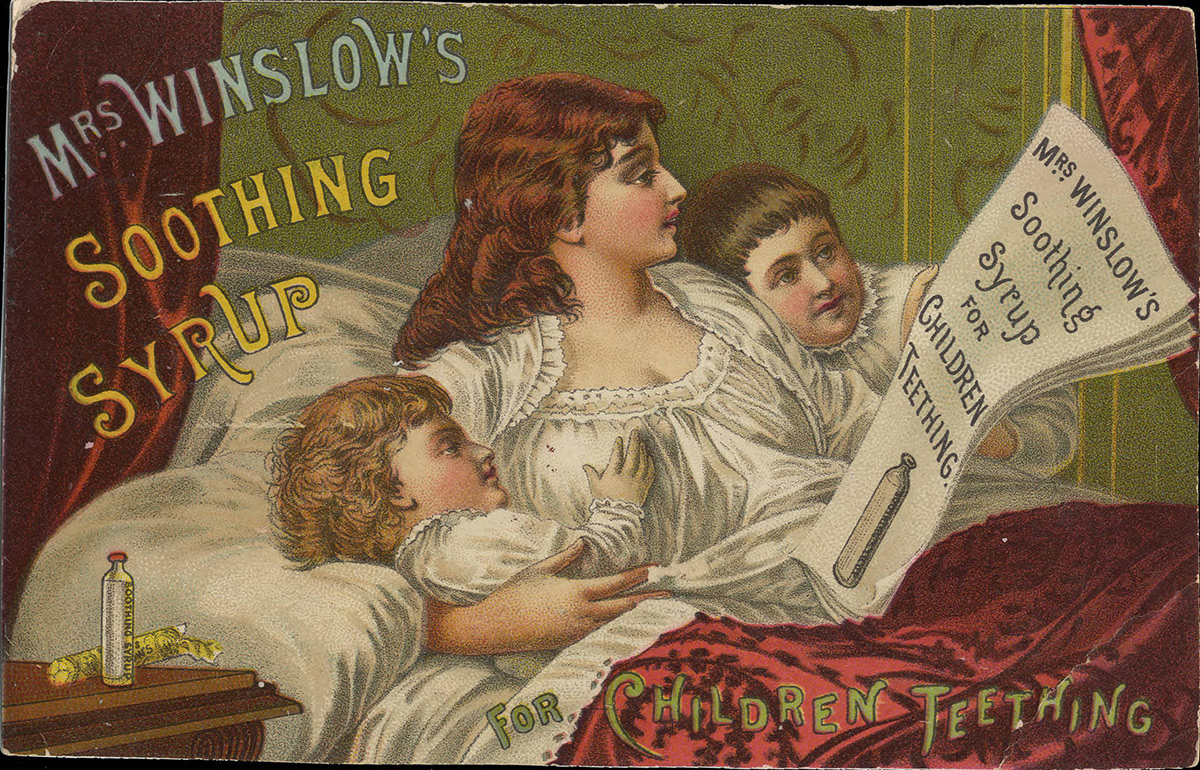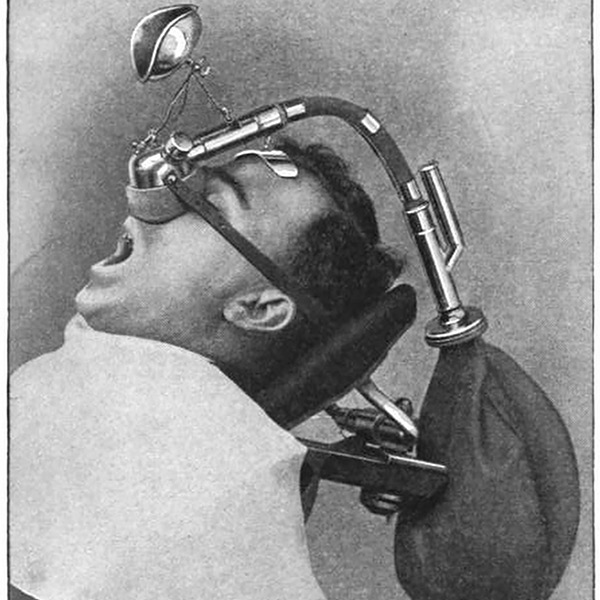

Sponsored by: Patricia L. Blanton, DMD, PhD, MS and Theresa S. Gonzales, DMD, MS, MSS
 Attempts to manage or eliminate the pain of dental problems and treatments are as old as tooth decay itself. Providing pain relief (with the use of analgesics) and inducing unconsciousness (with the use of anesthesia) have enhanced both the scope and quality of care dentists provide and have improved the dentist-patient relationship. Prior to the discovery of the analgesic properties of nitrous oxide, dentists relied on opium or laudanum, alcohol, and even hypnosis to mitigate discomfort.
Attempts to manage or eliminate the pain of dental problems and treatments are as old as tooth decay itself. Providing pain relief (with the use of analgesics) and inducing unconsciousness (with the use of anesthesia) have enhanced both the scope and quality of care dentists provide and have improved the dentist-patient relationship. Prior to the discovery of the analgesic properties of nitrous oxide, dentists relied on opium or laudanum, alcohol, and even hypnosis to mitigate discomfort.
Connecticut dentist Horace Wells introduced nitrous oxide into dental practice in 1844 after he attended a public demonstration of the new “Laughing Gas.” At this event a young participant gashed his leg, but continued to run around under the influence without evident pain. Dr. Wells made the connection that nitrous oxide could be used to relieve dental pain during extractions.
TOPICAL ANALGESICS
Topical analgesics provide relief for oral pain caused by teething, extractions, oral surgery, and dentures. Cora-Caine® is a pain-relieving dental analgesic adhesive ointment for new or intermediate dentures. The active ingredient is benzocaine (16%.), which works by blocking nerve signals in the body and is an active ingredient in some throat lozenges or other home pain remedies. As the name implies, toothache drops are applied topically to the tooth which is causing pain. This particular brand contains a blend of benzocaine and eugenol.
Socket paste is used to numb the location where a tooth has been pulled. After cleaning the site, the paste is placed in the socket and sealed with a piece of cotton pressed into the wound. It is most often used to treat dry-socket syndrome, in which the blood clot inside the socket is lost, causing pain and delaying healing.
INHALATION ANESTHESIAS
 Chloroform and ether induce unconsciousness, whereas nitrous oxide renders the patient unaware of pain, but conscious of their surroundings. Ether was used widely in surgery by physicians and dentists alike, though ultimately it was replaced by safer drugs with fewer negative side effects.
Chloroform and ether induce unconsciousness, whereas nitrous oxide renders the patient unaware of pain, but conscious of their surroundings. Ether was used widely in surgery by physicians and dentists alike, though ultimately it was replaced by safer drugs with fewer negative side effects.
By the early 20th century, inhalation anesthesia was routinely used in surgical and dental procedures. Inhalers were developed to deliver continuous anesthesia through the nose, which allowed unfettered access to the mouth. William Harper DeFord, a physician and dentist, patented his eponymously named inhaler in 1913. It featured a nasal mask with an additional, detachable piece to cover the patient’s mouth. Together, the nose and mouthpiece administered nitrous oxide and oxygen. They could also be attached to a rebreathing bag for the administration of liquid Somnoform, an anesthesia containing the proprietary formula: 60% ethyl chloride, 35% methyl chloride, and 5% ethyl bromide.
